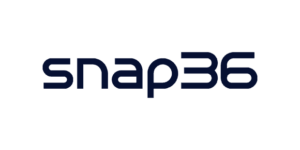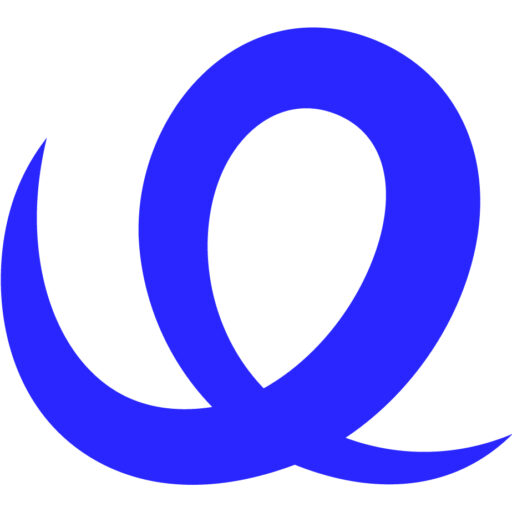
We delivered an end‑to‑end engagement for Snap36—SEO strategy, full redesign, and ongoing maintenance—that translated directly into pipeline lift. Following launch, website leads climbed 62%.Website Redesign, Logo Refresh, SEO & Managed Services Case Study
“Incredible” best describes our experience with Linchpin SEO.
Website leads climbed 62%, and the team patiently addressed every requirement—SEO, full redesign, ongoing maintenance, and first‑class client service. We wouldn’t consider working with anyone else.
Claire McCracken
Marketing, Snap36
Client Snapshot
Snap36 needed a modern, conversion‑ready website, a durable SEO foundation, and a maintenance cadence that kept momentum steady post‑launch. Multiple stakeholders and a tight timeline required clear decision frameworks and low‑drama delivery. Our remit was to de‑risk the redesign, grow qualified demand, and make day‑to‑day site operations easier.
| Attribute | Details |
|---|---|
| Organization | Snap36 |
| Model | B2B services with high‑consideration sales cycles |
| Primary Channels | Organic search, resource content, and demo/contact flows |
| Starting Point | Legacy IA, uneven technical hygiene, and conversion friction across key pages |
| Key Constraints | Short runway to launch, brand governance, and minimal tolerance for ranking volatility |
| Data Stack | GA4, Google Search Console, event‑based lead tracking, UTM standards |
| Engagement Goal | Redesign for conversion, strengthen SEO, and establish a reliable maintenance rhythm |
Business Objectives & KPIs
We aligned on outcomes that matter to revenue and simplified measurement so progress was unambiguous. The north‑star metric was qualified website leads, supported by operational health indicators that protect momentum.
- Objective 1: Execute a low‑risk redesign that preserves equity and improves conversion rate.
- Objective 2: Grow qualified website leads through intent‑aligned IA and persuasive copy.
- Objective 3: Harden technical SEO to stabilize crawl, indexation, and performance.
- Objective 4: Establish ongoing maintenance and content workflows with clear SLAs.
Approach: Redesign, SEO & Maintenance Growth Plan
We paired a conversion‑first redesign with technical rigor and a practical operating cadence. The roadmap prioritized high‑leverage moves first, then scaled repeatable patterns across templates and journeys.
- Discovery & Risk Map: Crawl diagnostics, equity mapping, and redirect registry to protect rankings at cutover.
- Information Architecture: Role‑ and intent‑based navigation that clarifies pathways to contact and demos.
- Conversion Architecture: Clear CTAs, proof density, simplified forms, and persuasive messaging frameworks.
- Technical SEO: Canonical and parameter hygiene, robots/sitemap governance, structured data, and CWV hardening.
- Content Enablement: Blog integration, editorial briefs, and internal‑link rules to pass equity to priority pages.
- Maintenance & Governance: Component library, deployment checklists, SLAs, and regression monitoring.
Program Components Strategies
- Technical SEO & Performance: Stable crawl/indexation, schema coverage (Organization, Service, Article, FAQ, Breadcrumb), and page‑speed gains.
- UX & CRO: Mobile‑first layouts, sticky contact options, credibility blocks, and objection‑handling modules.
- Content & IA: Intent‑aligned headings, resource hubs, and blog‑to‑service linking for discovery and next‑step clarity.
- Analytics & Attribution: Event taxonomy for lead actions, UTM governance, and dashboards tied to pipeline.
- Website Ops: Reusable components, staging‑to‑prod playbooks, automated checks, and SLA‑driven support.
- Client Service: Plain‑language guidance, proactive communication, and transparent decision logs.
Outcomes & Proof
The redesign launched cleanly and delivered measurable gains in demand. Results below reflect the client’s reported lift and our instrumentation.
| Metric | Change |
|---|---|
| Website Leads | +62% |
- Evidence: GA4 and Search Console confirm stability and lift; lead‑event tracking validates conversion gains.
- Sustainability: Templates, SOPs, and maintenance SLAs keep improvements compounding with each release.
Inside the Playbook (How We Operationalized It)
We executed in short, accountable sprints with clear owners, aggressive QA, and proactive communication. This structure kept the launch drama‑free and made optimizations repeatable.
- Audit & Setup: IA blueprint, redirect and schema libraries, tracking configuration, and performance hardening.
- Build & QA: Template implementation, content staging, accessibility checks, and pre‑launch test suites.
- Launch & Stabilize: Execute redirects, monitor logs and rankings, and remediate anomalies quickly.
- Optimize & Maintain: Expand internal links, iterate CRO based on signal, and run monthly maintenance cycles.
- Core Artifacts: Component inventory, deployment checklist, editorial briefs, and dashboard pack.
- Cadence: Weekly stand‑ups, monthly KPI reviews, quarterly roadmap resets.
- Quality Gates: Brand review, compliance checks, and automated audits for indexation and CWV drift.
Why This Worked
- End‑to‑End Ownership: One team accountable for SEO, redesign, and maintenance removed handoff friction.
- Intent‑Aligned IA: Navigation and content mapped to how buyers research and decide, lifting lead propensity.
- Technical Rigor: Clean crawl paths and structured data amplified every content and UX improvement.
- Proof‑Driven CRO: Trust elements and clear CTAs reduced friction at high‑intent moments.
- Client‑First Ops: Patient, transparent communication built momentum and accelerated decision‑making.
Bottom line: a low‑drama, high‑impact transformation—stronger discoverability, a 62% lift in website leads, and a site operation the team can run with confidence.
